Parliament | From Manual to Market | Crisis Navigation
This series explores the various ways we see the Brand Being Manual being utilized on a weekly basis. All of these scenarios are lived by us or real clients we’ve helped.
The Situation
If you’ve owned a business for more than a few months, you’ve probably had that “oh $h!t” moment. Whether it was an unexpected employee issue, a confrontational email from a client, or a full-blown PR crisis.
Knowing what to do in those moments is what separates the great leaders from the “has-beens.” We know these moments are coming, and we know they will be tough. Let’s give you the best shot we can at a framework for taking next steps, because how you navigate something like this could be what makes or breaks your future.
One of our clients recently experienced a moment that resulted in a PR crisis affecting both employees and clients simultaneously.
The Framework in Action
Instead of asking "How do we look good?" they asked Brand Being questions:
From the Vision section: "Does this response move us closer to or further from the world we're trying to create?" “What does an “on brand” response look like?”
From the Values section: "Which of our core values should guide this response?"
From the Purpose section: "How can we turn this into an opportunity to live out why we exist?"
Suddenly, the response shifted from defensive damage control to authentic leadership.
What Changed
Before Brand Heart: "We categorically deny any wrongdoing and will be conducting a full investigation."
After Brand Heart: "This situation doesn't reflect who we are or who we're committed to becoming. Here's what we believe, here's how we fell short, and here's what we're doing about it."
The difference? The first response protects the company. The second response protects the culture and long-term legacy of the brand.
The Outcome
Instead: increased trust, deeper team alignment, and a story they can tell about living their values when it mattered most.
The manual didn't just advise a crisis—it turned the crisis into a demonstration of their Brand Being.
The Real Lesson
Your Brand Heart isn't just aspirational poetry. It's your emergency response system. When emotions are high and stakes are higher, when every instinct is telling you to react defensively, your Brand Being Manual becomes your North Star.
Because here's the truth: crises don't create character, they reveal it.
And if you don't know who you are when the pressure's on, you'll default to who you think you should be in the moment.
That's when bad decisions happen. That's when authentic companies become generic damage control machines.
The Page That Matters
Your crisis communication strategy isn't on page 47 with your social media guidelines. It's on the pages where you defined your values. It's in the section where you articulated your purpose. It's in the vision statement you crafted for the world you're trying to create.
When the phone rings at 6:47 PM on a Friday, you don't need a PR firm. You need your Brand Heart.
Your Crisis Prep
Ask yourself: If something happened tomorrow, would your first instinct be to protect your image or live your values?
Would you reach for your lawyer's number or your Brand Being Manual?
The companies that navigate crises with integrity aren't the ones with the best PR teams. They're the ones who know exactly who they are when everything else is falling apart.
Next week in From Manual to Market:
How one company transformed its employee feedback with their Brand Being Manual.
Artwork by Nya McClain, article by Senior Art Director, Bri Thomas
AI Optimizes for Average (And Average Brands Die)
Here's the uncomfortable truth: AI is making everyone mediocre at exactly the same time.
Every founder with a Canva Pro subscription thinks they're a designer now. Every startup with access to ChatGPT believes they've cracked copywriting. And the result? A marketplace flooded with brands that look like they were all designed by the same algorithm—because they essentially were.
AI trains on existing data, which means it's fundamentally backward-looking. It analyzes what's already been done, finds the patterns, and regurgitates variations of the same safe, tested approaches. The problem? Safe and tested is the kiss of death in branding.
While your competitors are churning out AI-generated "professional" logos that could belong to any company in any industry, the brands that break through are the ones living in the uncomfortable spaces that algorithms can't navigate. They're the ones willing to make choices that feel risky, that might not test well, that require actual human judgment about what their specific audience craves.
AI can generate a thousand variations, but it can't tell you which shade of red will make your founder feel seen or which typeface captures the exact tension between approachable and authoritative that your culture demands. It doesn't understand that sometimes the "wrong" choice is exactly right for your brand.
The companies winning right now aren't the ones with the most sophisticated AI tools—they're the ones with taste and the ability to wield these tools like weapons. They understand that breakthrough brands aren't born from optimization; they're born from the messy, human process of making choices that feel authentic to who you actually are.
While everyone else is optimizing for average, the space for brands with actual point of view has never been wider.


